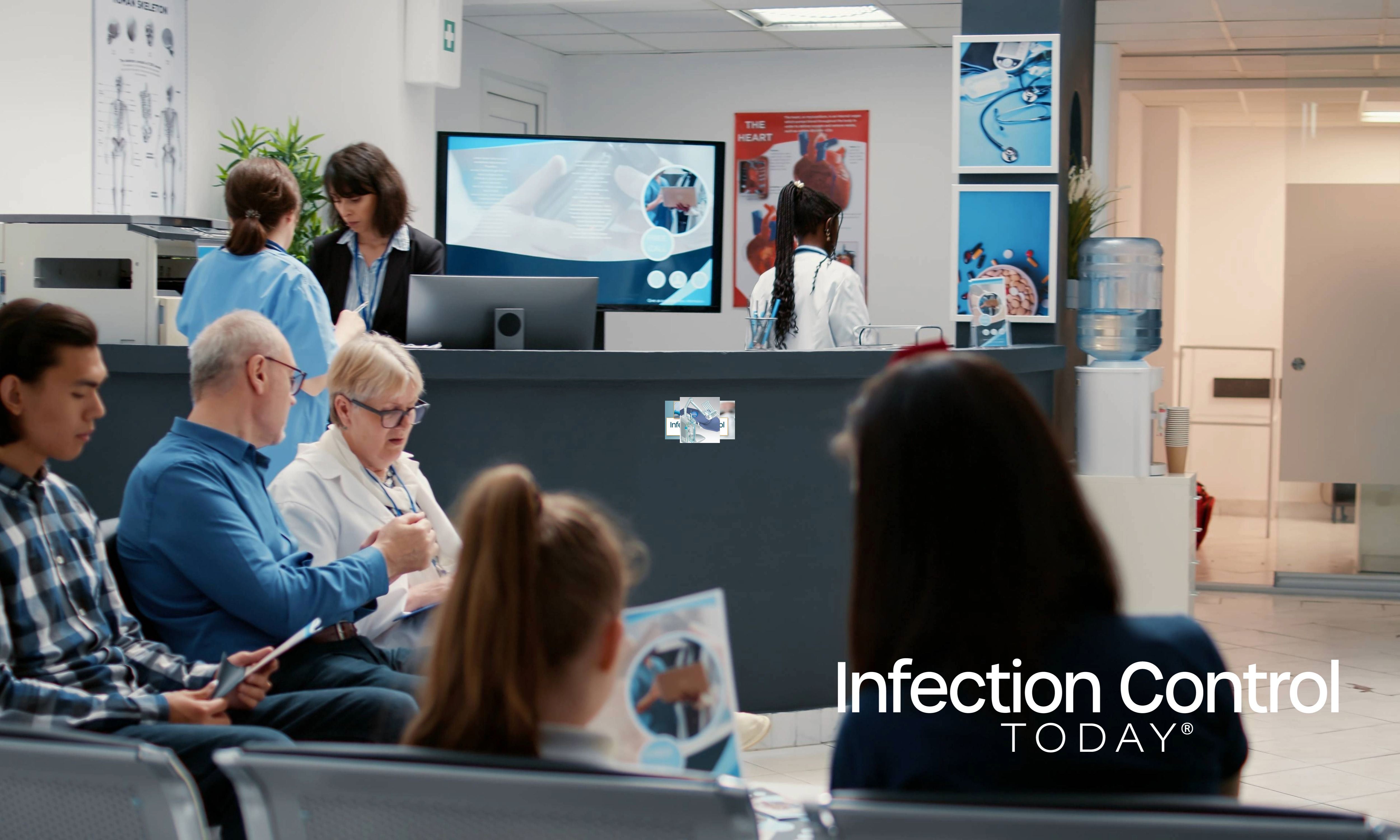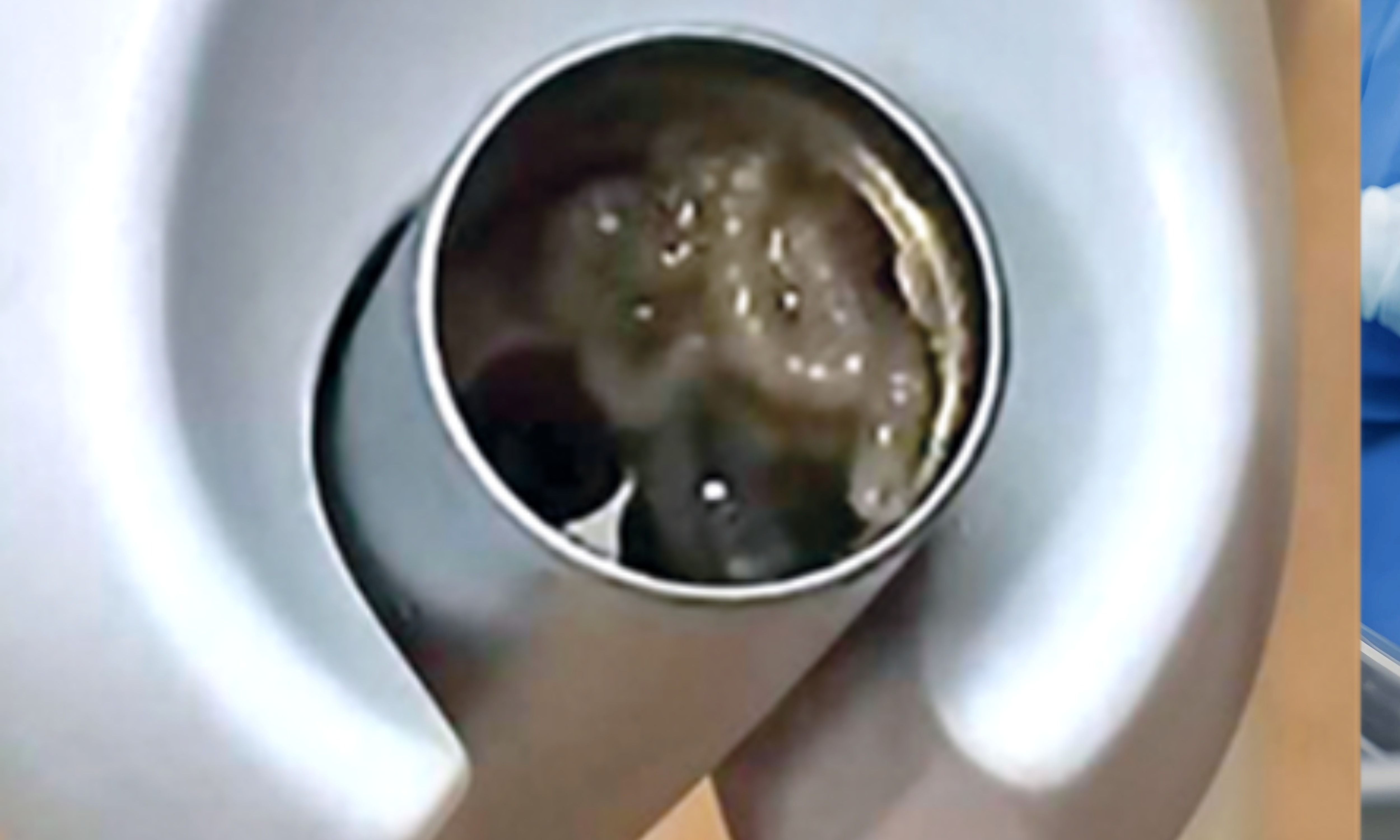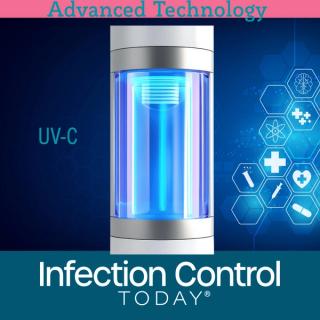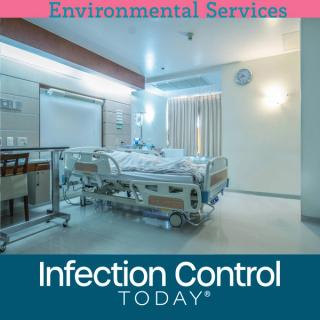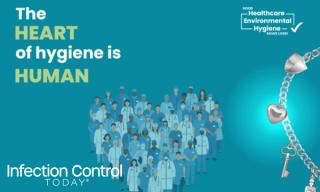
Environmental Services
Latest News
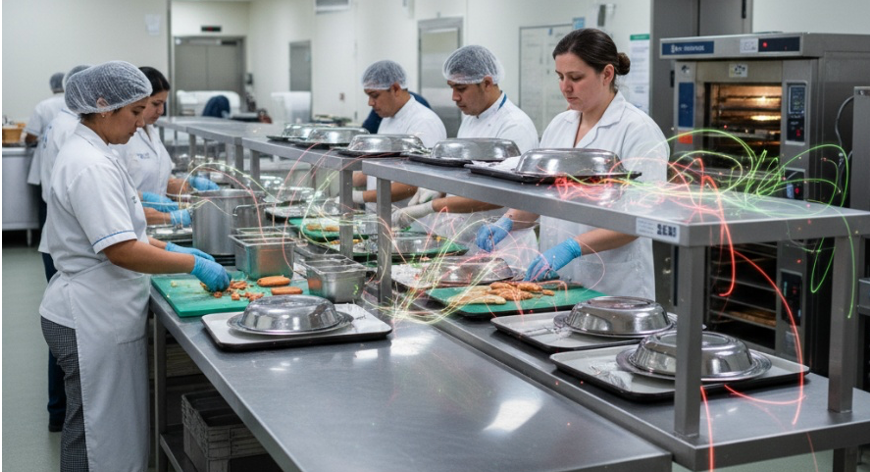
Latest Videos
Shorts



More News
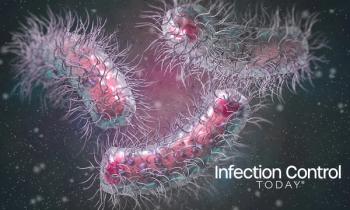
This is the second of a 2-part conversation with CDC epidemiologist Danielle Rankin, PhD, MPH, CIC. In this installment, she dives into practical infection prevention strategies, surveillance challenges, and the urgent need for mechanism-specific testing as NDM-CRE surges in US health care settings.

This is the first of a 2-part conversation with CDC epidemiologist Danielle Rankin, PhD, MPH, CIC. In this installment, she unpacks her study about the urgent rise of NDM-CRE and what infection preventionists need to know now.
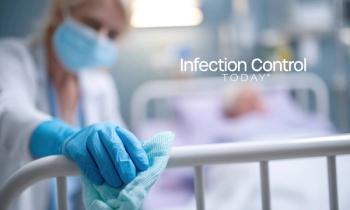
What if there were a new index to reduce exposure risks on high-touch facility surfaces? Read on to learn about one.
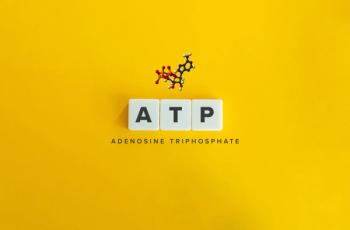
Measuring cleaning is not the same as proving disinfection. Infection preventionists must use ATP and fluorescent markers wisely—supporting training, not replacing microbial validation.

Legionnaires’ disease remains a deadly but preventable threat in health care, especially in long-term care. Every facility needs a strong, team-driven water management plan because prevention starts at the tap. This article explains what is needed to write one.

From ultrasound gel safety to high-level disinfection, The Joint Commission’s 2025 surveys are zeroing in on infection prevention hot spots. Are your teams ready?

Check out the latest print edition of Infection Control Today: September/October 2025.
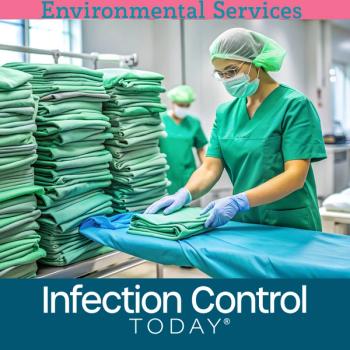
Behind every safe surgery and patient interaction lies a detail often overlooked: clean, properly managed health care textiles. TRSA’s 3-part webinar series brings infection preventionists, administrators, and clinicians the latest best practices, from eliminating the risks of home laundering to ensuring hygienically clean certifications. Now free to access, these sessions offer actionable strategies to strengthen infection control across every facility.

In this installment of Building Bridges in Infection Prevention, what a mattress mistake can cost both patient and facility.

VIM-producing Pseudomonas aeruginosa isn’t just surviving in ICUs; it’s thriving. With mortality rates exceeding 30%, colonization risks hiding in drains, devices, and even donor milk, IPs must take proactive steps to outsmart this pathogen. Now is the time to double down on environmental controls, risk factor recognition, and surveillance strategies. Let’s break the biofilm cycle before the next outbreak takes root.
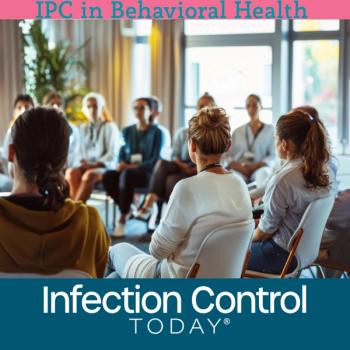
Infection prevention in behavioral health isn't one-size-fits-all. From PPE to hand hygiene, unique risks demand tailored solutions. Learn how to protect patients and staff safely and effectively.

Check out our first IPC Crossword Challenge.
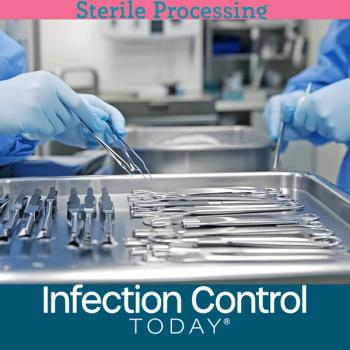
Sterilization is the backbone of safe patient care, but not all methods are created equal. From steam’s tried-and-true reliability to ethylene oxide’s versatility for complex devices and hydrogen peroxide plasma’s rapid, residue-free cycles, each technique carries unique advantages—and limitations. Understanding when and how to use them can mean the difference between seamless infection prevention and costly setbacks.

Join global leaders in infection prevention, pandemic response, and public health strategy at the Health Watch USA 20th Annual Conference. This is your chance to gain actionable insights on emerging pathogens, vaccine misinformation, and antibiotic resistance, while earning CE credits at no cost. Don’t wait; Be part of the solution.

As drug-resistant infections rise, infection preventionists must look beyond outdated disinfectants. HOCl offers a safer, sustainable solution that has been proven effective, residue-free, and ready for health care use today.

Discover how AI-powered sensors, smart surveillance, and advanced analytics are revolutionizing infection prevention in the OR. Herman DeBoard, PhD, discusses how these technologies safeguard sterile fields, reduce SSIs, and help hospitals balance operational efficiency with patient safety.
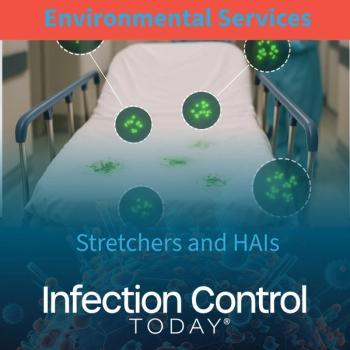
Despite routine disinfection, hospital surfaces, such as stretchers, remain reservoirs for harmful microbes, according to several recent studies. From high-touch areas to damaged mattresses and the effectiveness of antimicrobial coatings, researchers continue to uncover persistent risks in environmental hygiene, highlighting the critical need for innovative, continuous disinfection strategies in health care settings.

Environmental hygiene is about more than just shiny surfaces. At Exchange25, infection prevention experts urged the field to look deeper, rethink blame, and validate cleaning efforts across the entire care environment, not just EVS tasks.

Hospitals may rely on handwashing as a frontline defense against infection, but the very sinks meant to promote hygiene can harbor dangerous pathogens. At this year’s AHE Exchange Summit, microbiologist Mark Wiencek, PhD, T-CHEST, explores how biofilms in sink drains create a persistent threat to patient safety—and what infection prevention and EVS teams can do about it.
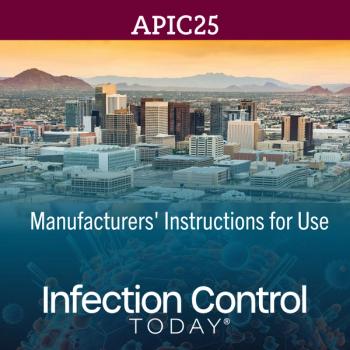
A hospital-wide quality improvement project has transformed how staff access critical manufacturer instructions for use (IFUs), improving infection prevention compliance and saving time through a standardized, user-friendly digital system supported by unit-based training and interdepartmental collaboration.
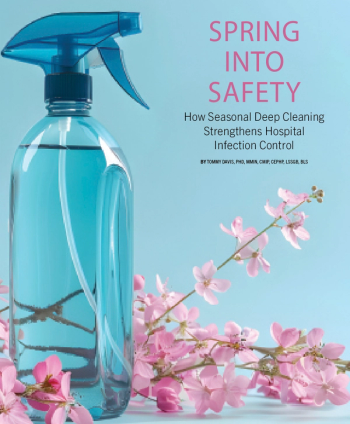
Rooted in ancient rituals of renewal, spring-cleaning has evolved from cultural tradition to a vital infection prevention strategy in modern hospitals—one that blends seasonal deep cleaning with advanced disinfection to reduce pathogens, improve air quality, and protect patients.

Infection prevention is everyone’s responsibility, but environmental services (EVS) professionals are often overlooked. At AHE’s Exchange25, Shannon Simmons, DHSc, is on a mission to change that.

The Association for the Health Care Environment (AHE) is set to host its largest event of the year—Exchange Summit 2025—from June 8 to 11 in Columbus, Ohio. With over 600 environmental services (EVS) professionals expected to attend, this year’s conference focuses heavily on infection prevention, interdepartmental collaboration, and education that empowers frontline health care support leaders to improve patient safety and operational efficiency.
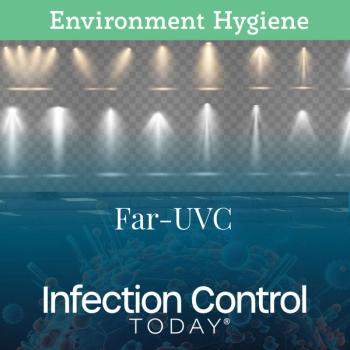
Manual cleaning gaps on shared hospital equipment can undermine infection control efforts. New research shows far UV-C light can serve as a safe, automated backup to reduce contamination in real-world clinical settings.
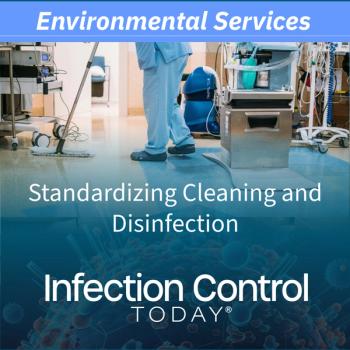
Inconsistent cleaning practices continue to jeopardize patient safety. Experts urge health care leaders to treat cleaning as clinical care—essential, standardized, and foundational to infection prevention.



